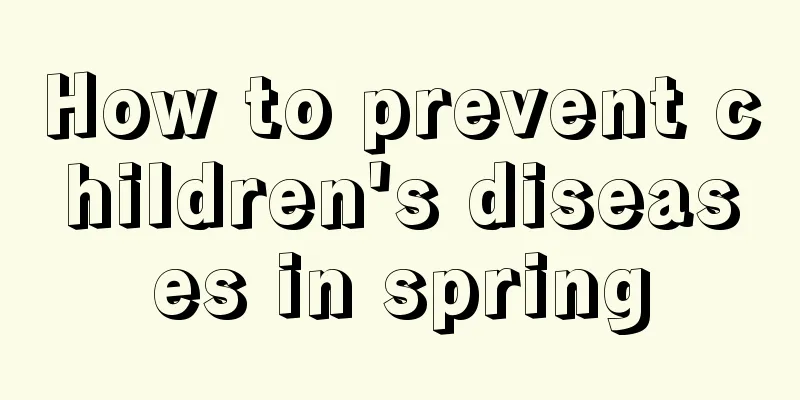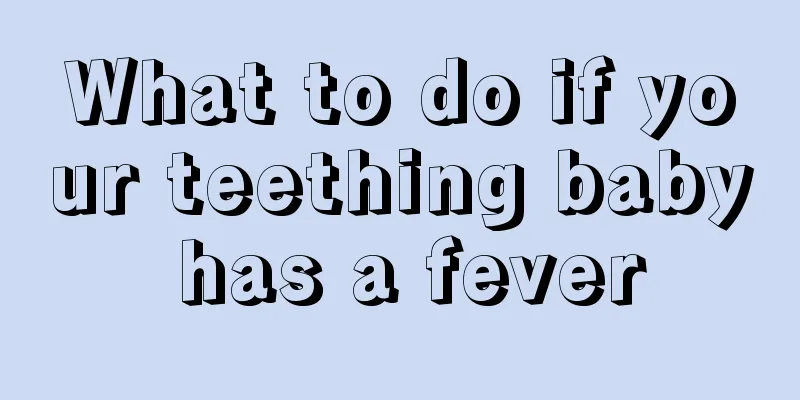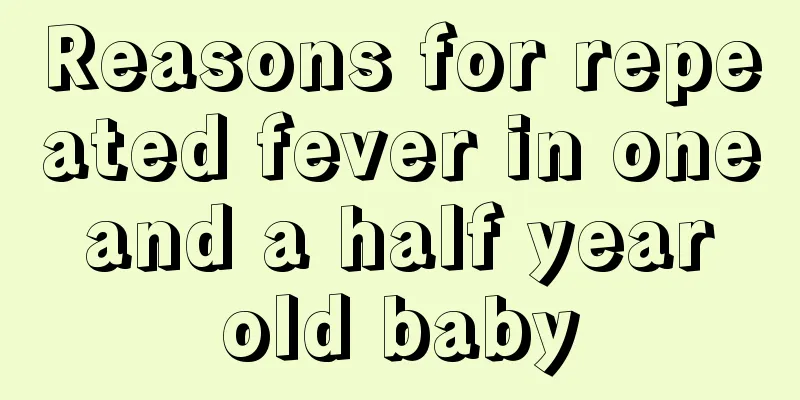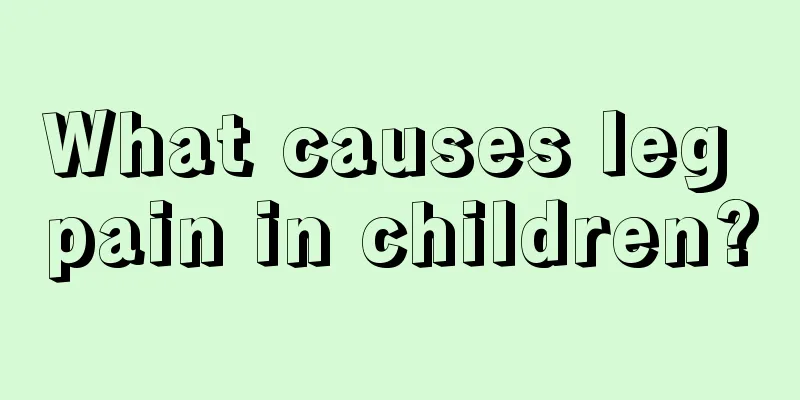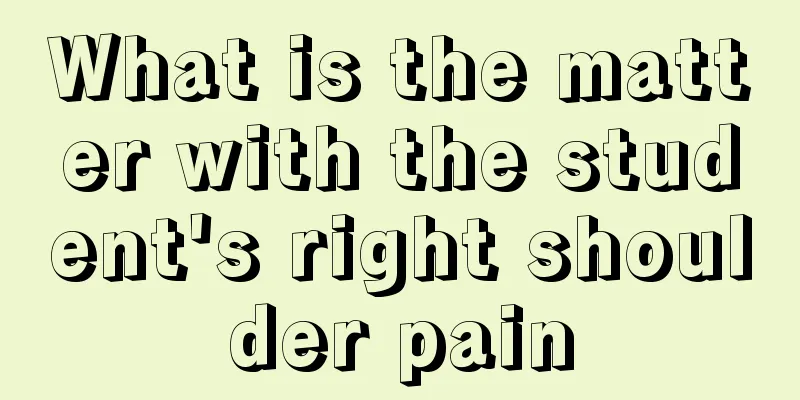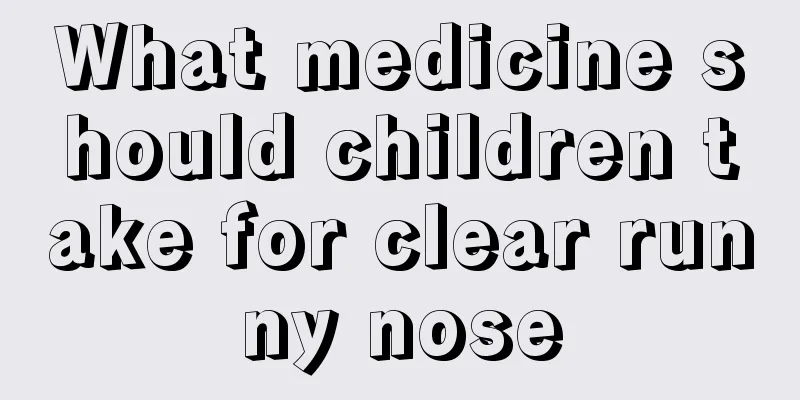How to treat cerebral palsy in children

|
Every family wants to have a healthy, cute and smart baby, but things don’t always go as planned. Some families’ babies are not as smart as those of other families. When they go to the hospital for examination, the results show that they have cerebral palsy. Cerebral palsy in children is a disease of cerebral palsy, and cerebral palsy in children is a disease that is difficult to treat. So, how to treat cerebral palsy in children? What are the methods to treat cerebral palsy in children? In medicine, treating cerebral palsy in children is also a very tricky matter. Although cerebral palsy in children is difficult to cure, it does not absolutely mean that there is no possibility of curing cerebral palsy. As long as the treatment is based on the symptoms of cerebral palsy, it is still possible to cure cerebral palsy in children. The treatment of cerebral palsy in children mainly adopts the trinity of medication, rehabilitation and surgery. 1. Rehabilitation therapy (1) Rehabilitation massage: baby touch, whole body and local massage (2) Acupuncture treatment ① Ordinary acupuncture: The treatment principles are to invigorate the brain, improve intelligence, and resolve blood stasis and dredge meridians. The main points are the Du meridian, the Shaoyang meridian of foot, the Yangming meridian of foot and the Jiaji points. The main points are Baihui, Si Shencong, Jiaji, Xuanzhong, Zusanli and Hegu. For those with liver and kidney deficiency, add Ganshu and Shenshu; for those with both heart and spleen deficiency, add Xinshu and Pishu; for those with phlegm and blood stasis blocking the collaterals, add Geshu, Xuehai and Fenglong; for those with language disorders, add Tongli, Lianquan, Jinjin and Yuye; for those with soft neck, add Tianzhu; for those with upper limb paralysis, add Jianyu and Quchi; for those with lower limb paralysis, add Huantiao and Yanglingquan; for those with weak waist, add Yaoyangguan. The main acupoints are operated with filiform needle tonification method or equal tonification and equal drainage method; the main acupoints can be divided into two groups, namely, Jiabei points as one group, and the other acupoints as one group, and they are used alternately every other day. Once a day, leave the needle in for 30 minutes each time or use the quick-puncture method without leaving the needle in. The acupoints are selected according to the method of purging the deficiency and the excess. ② For the head acupuncture method, select the forehead midline, the anterior temporal oblique line, the lateral parietal line 1, the lateral parietal line 2, the parietal midline, the posterior temporal line, and the lateral suboccipital line. Use a 1.5-inch filiform needle to quickly pierce the subgaleal aponeurotic membrane, then push the needle body parallel to the scalp to the desired stimulation area. Leave the needle in for 2-4 hours. You can move freely while the needle is in place. Do this every other day. ③For acupoint injection, select Dazhui, Zusanli, Yanglingquan, Quchi and Hegu. Use 10% glucose injection, vitamin B1, B12 injection, etc., inject 0.5-1 ml into each acupoint each time, once every other day. ④ For ear acupuncture, choose the occipital, subcortical, heart, brain, kidney, liver, spleen, and Shenmen. Acupuncture, or burying with press needles or pressing with fenugreek seed patches. (3) Functional and intellectual training: Guided by the “Early Intervention Outline for Children Aged 0-3” proposed by Bao, different diagnosis and treatment plans are formulated for different functional disorders caused by diseases and injuries, and perception, audio-visual, language, memory and movement training are carried out, combined with comprehensive treatment of infant exercises. (4) Psychotherapy: Talk with the child, observe his/her emotions, psychology, and interests, provide guidance and inspiration, adjust his/her pathological psychology, and develop intelligence through games and music. (5) Exercise therapy: weight loss gait training, Bobath method, Bojta method, Ueda therapy, occupational therapy, balance function training, sensory integration therapy, cultural and sports therapy, etc. (6) Hyperbaric oxygen therapy. (7) Physical therapy: Excitatory therapy device, cerebral circulation therapy device, digital leveling therapy device, near infrared, composite multifunctional fumigation, etc. (8) Hydrotherapy: whirlpool, bubble bath therapy, water exercise therapy. 2. ,drug (1) Western medicine: cerebrolysin, citicoline, botulinum toxin type A, cerebroside, baclofen, diazepam, dantrolene sodium (due to adverse reactions such as sedation, poor compliance, and rebound after drug discontinuation, they have been less used in recent years). 3. Surgery: Aponeurosis release, selective peripheral nerve resection, Hoke Achilles tendon sliding lengthening, distal rectus femoris transfer, etc. How to treat cerebral palsy in children? After reading the above introduction, do you understand the methods of treating cerebral palsy in children? Although curing cerebral palsy in children is a very difficult task, early detection of the disease, early detection of whether the child has cerebral palsy, early observation of abnormal manifestations of the child in the neonatal period, and symptomatic treatment can hope to cure it. |
<<: Symptoms of hemolytic uremic disease in children
>>: Outdoor activities can develop 3 abilities in children
Recommend
Will a child grow taller after menstruation?
As children grow up, parents have many things to ...
Can children eat watermelon when they have a cold or fever?
We all know that children's physical resistan...
What to do if your baby has repeated fever due to viral cold
My baby is still very young, and I dare not give ...
Why are there so many blue spots on the baby's body?
Babies are very cute. Their skin is delicate and ...
What is the reason for children to urinate less
Many parents will find that their children do not...
What to do if your child has poor digestion and diarrhea
Children's resistance is relatively low, so t...
What are the symptoms of bacterial infection in children?
Urinary tract infections are more common in adult...
How to treat hunchback in children
Many parents will be very sad and worried when th...
Why don’t children sleep at night? 8 reasons why your baby won't sleep
If a child does not sleep at night, it will affec...
Is cupping OK for babies?
Cupping is the most commonly used method in tradi...
What to do if your four-month-old baby has phlegm in his throat
The physical health of a four-month-old baby is o...
Some issues about adenoids hypertrophy in children
Glandular hypertrophy in children is a common dis...
What causes seizures in children?
Convulsions in children are a relatively common e...
How should children with ADHD be treated?
Attention Deficit Hyperactivity Disorder (ADHD) i...
What to do if a child's tear duct is blocked
Many people may not understand what the tear duct...
